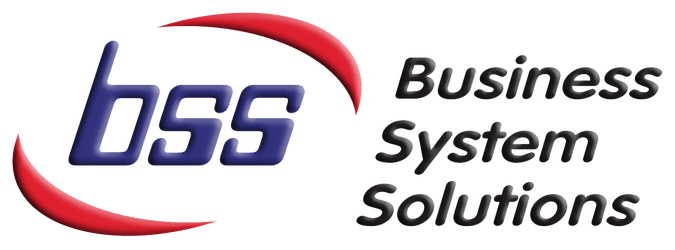 The cloud computing stack consists of three segments of services which, although available independently, work hand-in-hand to deliver cost effective solutions to users. Organizations considering a move to the cloud can choose how large or small of a leap to make by determining which of these segments will bring the most value to their teams. These three services are Infrastructure as a Service (IaaS), Software as a Service (Saas), and Platform as a Services (PaaS). The following explanations of each service were taken from an article originally published by Forbes, which can be read in its entirety here.
The cloud computing stack consists of three segments of services which, although available independently, work hand-in-hand to deliver cost effective solutions to users. Organizations considering a move to the cloud can choose how large or small of a leap to make by determining which of these segments will bring the most value to their teams. These three services are Infrastructure as a Service (IaaS), Software as a Service (Saas), and Platform as a Services (PaaS). The following explanations of each service were taken from an article originally published by Forbes, which can be read in its entirety here.
Infrastructure as a Service
IaaS is a way of delivering Cloud Computing infrastructure – servers, storage, network and operating systems – as an on-demand service via secure IP-based connectivity. Rather than purchasing servers, software, datacenter space or network equipment, clients instead buy those resources as a fully outsourced service on demand. IaaS is often based on virtualization techniques, i.e., creating a virtual computer that is independent of the actual hardware on which it exists, which may indeed be smaller or larger than its virtualized counterpart. An example of IaaS would be a Microsoft SQL Database implementation that is sourced remotely from an enterprise’s own infrastructure. In this case, the data and the analytics exist as a virtualized implementation that utilizes the service provider’s servers.
Software as a Service
SaaS is software that is deployed over the internet. With SaaS, a software company licenses an application to customers either as a service on demand, through a subscription “pay-as-you-go” model, or at no charge when there is opportunity to generate revenue from streams other than the user such as from advertisement. An obvious example of SaaS is Microsoft’s Office 365, where the applications run remote from the user’s computer. Another model that is coming to fore is the hybrid “freemium” model which gives free access to the basic functionality of software, but the user has to pay a subscription fee for using advanced functions.
Platform as a Service
PaaS is the most complex of the three stacks. PaaS can be defined as a computing platform that allows the creation of web applications or software quickly and easily and without the complexity of buying and maintaining the software and infrastructure underneath it. We can extend our analogies above for Office 365 SaaS and SQL IaaS implementations, by adding development tools, etc., that allow enterprise administrators to customize analytics and applications on the remote, virtualized machines. PaaS is similar to SaaS except that, rather than being software delivered over the web, it is a platform for the creation of software, delivered over the web.
If you're ready to learn more about IaaS, SaaS, or PaaS and need help evaluating which services could benefit your organization, give us a call at (616) 776-0400 or send an inquiry to info@microvisionsinc.com.




